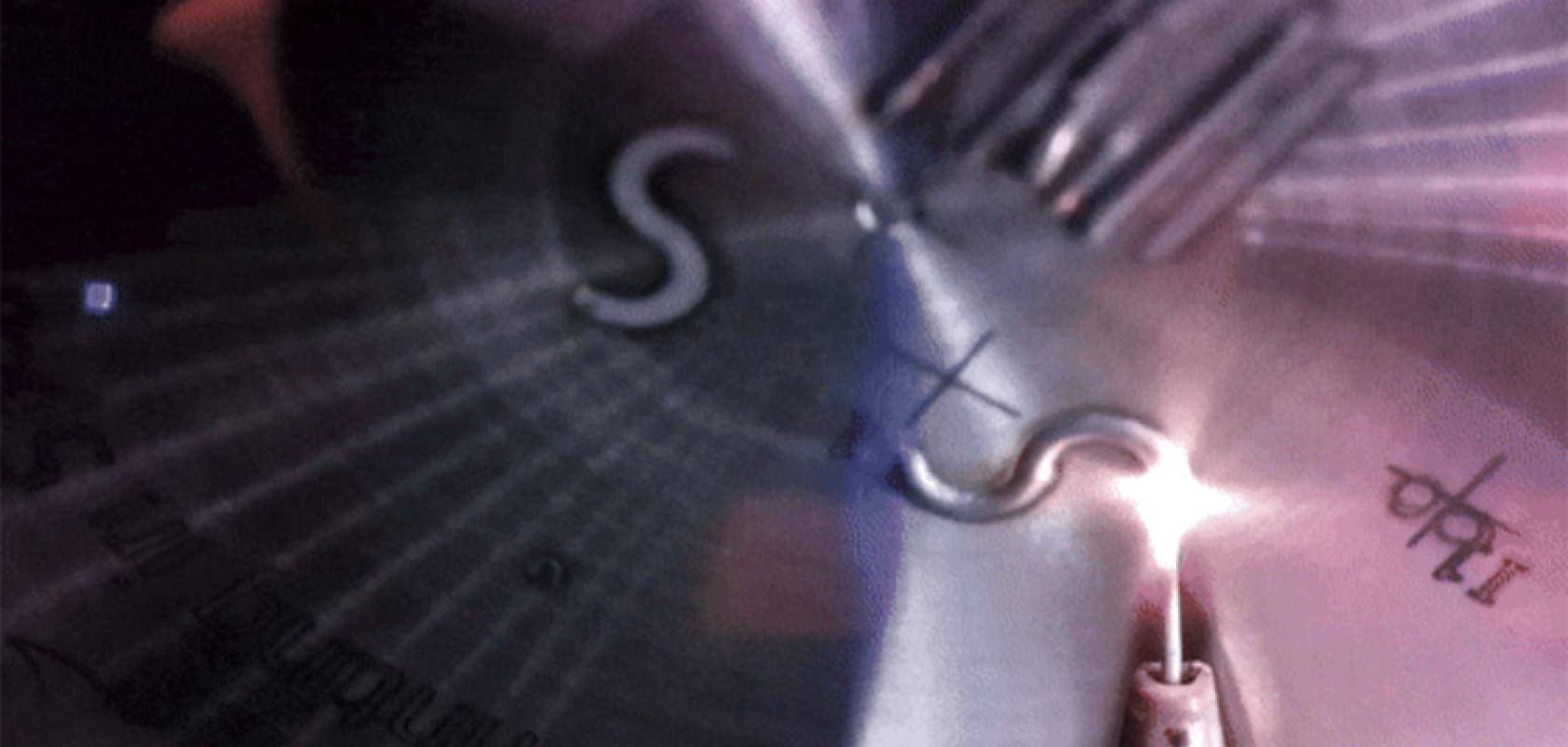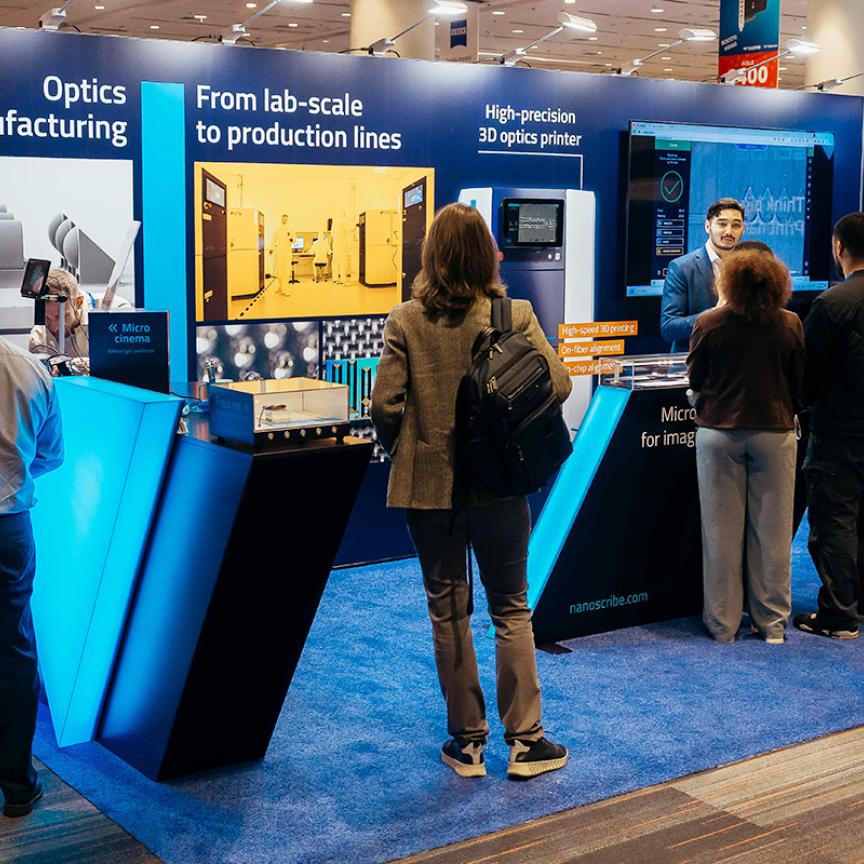In a breakthrough for additive manufacturing, ESA’s Metal 3D Printer uses a high-powered laser to melt stainless steel wire, and could lead to a more circular space economy where recycled materials are utilised to manufacture replacement parts in orbit.
Described by the European Space Agency (ESA) with the slightly paraphrased but just as catchy quote “one small s-curve deposited in liquified stainless steel for man, one giant leap for in-orbit manufacturing,” the International Space Station ISS was the scene for humanity’s next step on a journey to build a space economy last week, as the first metal 3D printer for space was tested aboard the Columbus module. “The S-curve is a test line, successfully concluding the commissioning of our metal 3D printer,” said ESA technical officer Rob Postema, by way of explanation.
Laser-heated 3D printing with metal
The 3D printer works by feeding stainless-steel wire into its printing area, before heating the tip with a high-powered laser. As the wire enters the melt pool created by the laser, the wire tip melts, and metal is added to the print. Managed entirely from ground operations, the only task the crew onboard the ISS are given is to open a nitrogen venting valve before the print process begins, as the printer operates within a fully sealed box for safety reasons, preventing the escape of excess heat or fumes.
“The success of this first print, along with other reference lines, leaves us ready to print full parts in the near future,” said Postema. “We’ve reached this point thanks to the efforts of the industrial team led by Airbus Defence and Space SAS, the CADMOS User Support Centre and our own ESA team.” Airbus also co-funded the project, under contract to ESA’s Directorate of Human and Robotic Exploration. “We’re happy to have performed the first metal 3D printing aboard the ISS – the quality is as good as we could dream,” said Sébastien Girault, from Airbus.
Quality control under normal gravity
Now it has been installed in the ISS’ Columbus module, the metal 3D printer will now get to work printing four specifically-selected shapes, which will later be returned to Earth and compared with reference prints made on the ground, under normal gravity conditions. “Two of these printed parts will be analysed in the Materials and Electrical Components Laboratory at the European Space Research and Technology Centre (ESTEC) in The Netherlands, and help us understand whether prolonged microgravity has an effect on the printing of metallic materials,” said Advenit Makaya, a materials engineer from the ESA’s Directorate of Technology, Engineering and Quality. “The other two will go to the European Astronaut Centre and the Technical University of Denmark, DTU.”
The future of a space manufacturing economy
One of the ESA’s long-term goals is to create a circle space economy. This metal 3D printing capability repurposes recycled materials such as parts of old satellites into new tools and structures. If an operational version of the metal 3D printer can be developed, it would eliminate the need to send tools, materials or entire parts up on rockets, and allow astronauts to print the replacement parts they require in-situ.


